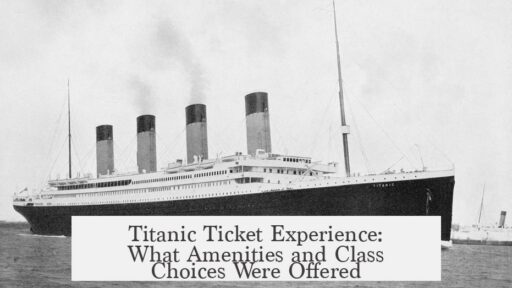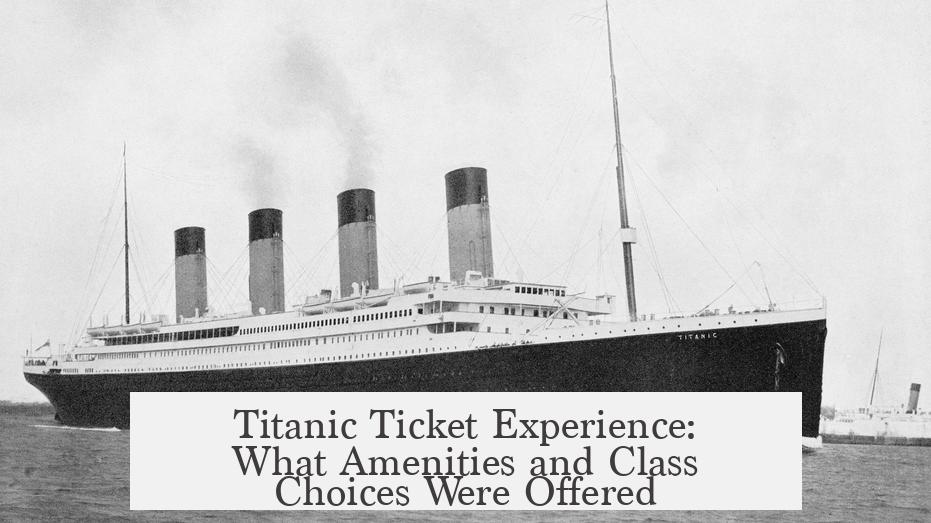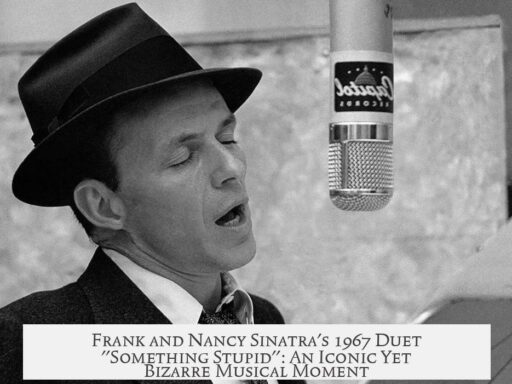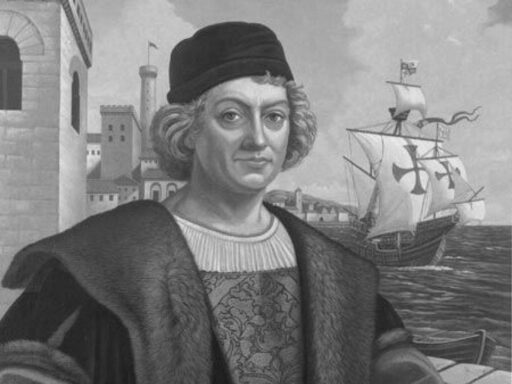Titanic tickets included highly personalized accommodations and service options tailored to each passenger’s class and preferences. Rather than a simple pass, each ticket reflected specific needs for cabins, meals, and optional amenities. The choices varied considerably by class and individual requirements.
In third class, accommodations were flexible. Single men and women traveled separately: men in the bow and women in the stern. Cabins generally held 4 to 6 passengers. Single travelers had a bed in cabins shared with other singles. Families of up to six were usually kept together in one cabin. Second class followed a similar approach, allowing some flexibility in room assignments based on group size.
Meal options were included for most passengers but could be customized. Titanic offered four daily meals: breakfast, dinner (which was lunch), tea (a lighter evening meal), and supper (a small late-night snack like soup or biscuits). Passengers could choose to pay for the meals through their ticket or opt out. If they declined the included meals, the ticket price dropped accordingly. This choice accommodated those who ate irregularly or preferred food outside the standard offerings.
First class passengers had access to extra amenities, often for additional fees. Luxury services included Turkish baths (4 shillings per visit), access to the squash court (2 shillings per half-hour and tips for instructors), barbershop services (1 shilling), shoe shining, and clothes ironing for small charges. These services enhanced comfort but were not included by default in the ticket price.
The strict segregation of passengers by class was not driven by social snobbery but by immigration laws. Titanic mostly transported immigrants and operated under tight regulations. These laws heavily restricted contact between immigrant passengers (primarily third class) and others, mandating clear separation onboard for legal reasons.
First class accommodations ranged widely in price from £26 to over £500. The most exclusive suites, like the parlour suites, contained two bedrooms, a private bathroom and lavatory, sitting room, dressing rooms, and a private promenade deck. At the lowest tier, rooms featured a single or double bed, dressing area, washbasin, and electric heater. All staterooms displayed ornate décor reflecting different styles and tastes.
Class separation on the ship was less rigid than imagined. Some third class cabins extended as high as D Deck, while first class cabins reached down to E Deck. Certain cabins could switch between first or second class assignments depending on demand, indicating some flexibility in layout and usage.
Each passenger had an assigned steward responsible for roughly ten cabins. These stewards rotated shifts and provided attentive service. For example, Henry Etches served notable passengers such as Thomas Andrews, the Guggenheims, and the Carters, along with occupants of other nearby cabins. Passengers summoned stewards using an electric bell in their stateroom.
Before Titanic’s maiden voyage, public tours were held. Second class passengers could visit first class areas and were seen using gym facilities. Once the voyage began, these privileges ended. This reveals that access and usage rights were strictly enforced during the journey.
| Aspect | Details Included in Ticket | Optional Extras / Notes |
|---|---|---|
| Cabin Accommodation | Tailored by traveling group and class; cabins shared or private | First class suites with private promenade at highest price |
| Meals | Breakfast, dinner, tea, supper included by default | Passengers could opt out to reduce ticket cost |
| Amenities | Basic in third/second class, more elaborate in first class | First class Turkish baths, squash court, barbershop charged extra |
| Service | Assigned steward for each cabin group, summoned by bell | Steward covered about 10 cabins on rotation |
| Segregation | Strict separation by class due to immigration laws | No mixing of first/second with third class during voyage |
- Tickets were highly personalized, reflecting cabin, meal, and service options per passenger.
- Multiple meals were standard but passengers could pay less by declining them.
- First class enjoyed additional paid amenities beyond the ticket price.
- Passenger segregation was legally mandated, not classist exclusivity.
- Cabin locations overlapped between classes, showing some flexibility in assignments.
- Each passenger had a steward assigned to assist with their needs during the voyage.
Titanic: What Was Included in a Ticket?
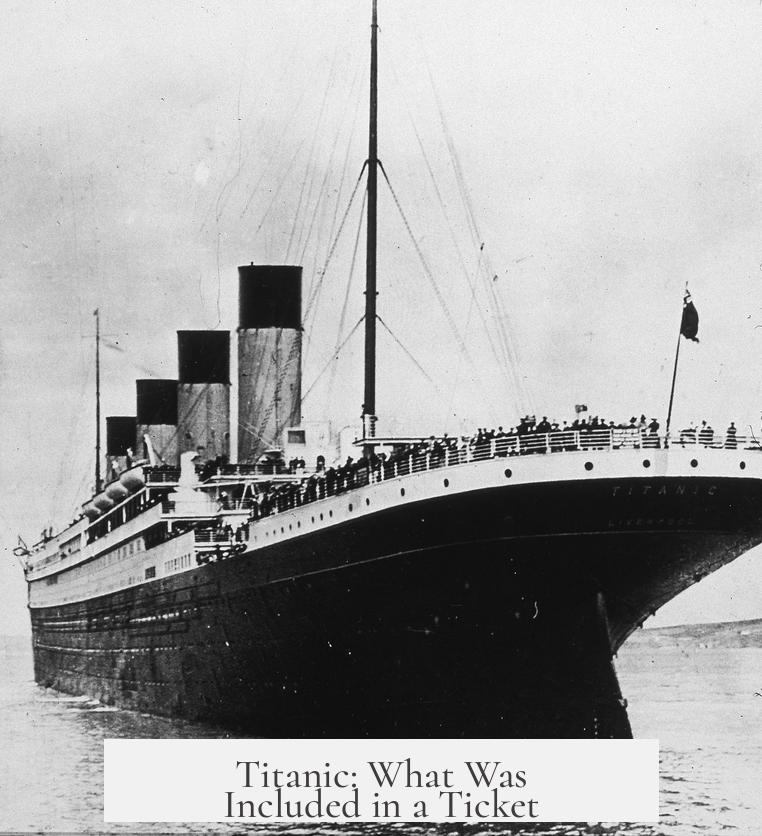
So, what *did* you get when you bought a ticket to ride the Titanic? A straightforward ticket, you say? Not quite. Think less “one-size-fits-all” and more “bespoke journey tailored to your precise wants and practical needs.” That’s right — the Titanic tickets weren’t cookie-cutter but highly individualized documents. Oddly specific? Absolutely, but knowing this flips the usual story of Titanic travel on its head.
Many folks assume a ticket is just a pass to hop aboard and access a seat or cabin. But on the Titanic, your ticket was like a personalized passport into the ship’s diverse world of classes, cabins, meals, and special services. Let’s dig into what exactly that ticket included — from third class flexibility to first class luxury—and why it mattered so much.
Tickets: Tailored to You, Not a Template
The first important fact: There really wasn’t a uniform “ticket” for Titanic. Instead, every ticket was tailored based on individual passenger needs. This wasn’t just a fancy way of saying “class distinctions.” No, tickets varied depending on whether you traveled solo or with family, your cabin choice, meal preferences, and even how much extra luxury you wanted to book.
Imagine walking up to a travel agent in 1912 and saying, “I want a ticket—but also, I want to skip some meals and have a quiet cabin if possible.” Your ticket would then reflect those exact wishes. This gave passengers uncommon control compared to modern cruise fares that lump everything into packages.
Third Class: Flexible, Practical, and Separate by Gender
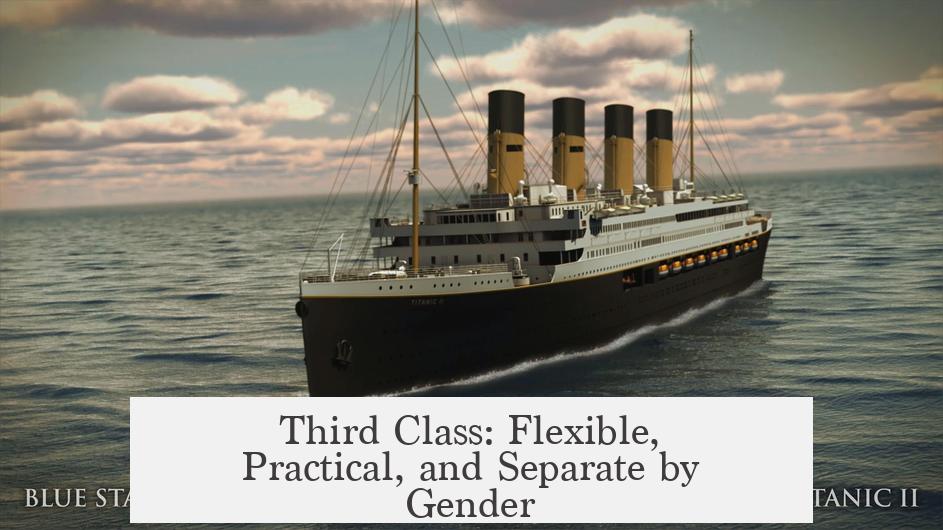
The third class stands out for its adaptability. Far from the dreaded steerage stereotype, third class passengers had cabin assignments based on specific needs. Single men were placed at the bow while single women stayed towards the stern, separated for modesty and order. Cabins fit 4 to 6 occupants. If you were traveling solo, your ticket bought you a bed in a shared cabin.
Families didn’t suffer neglect either. Those numbering six or fewer typically got an entire cabin together. The practical design reduced confusion and maximized comfort within third class. Interestingly, this flexible cabin logic also applied to second class.
Dining Options: Pick Your Meals or Pay for What You Eat
Most tickets included four meals a day: breakfast, dinner (which was actually lunch), tea (a smaller evening meal), and supper (light snacks like soup or biscuits). But here’s a fun twist: Titanic’s ticket holders could choose to remove meals, saving money if they preferred to fend for themselves.
Did passengers really skip meals? Some did, often because they found the lavish food too rich or only ate sparsely. So the ship’s policy was quite avant-garde—for 1912, anyway—letting you eat buffet-style or on your own terms.
First Class Exclusives Come at a Price
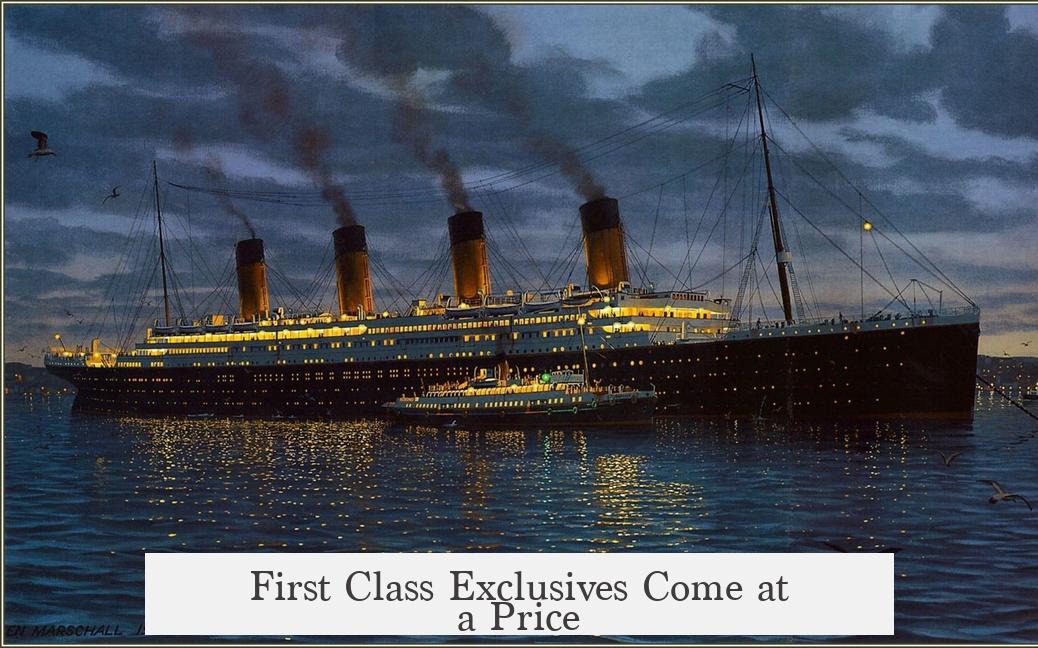
If you booked first class, your ticket opened a world of amenities, but many extras cost extra. Want a Turkish bath? That’s 4 shillings. Fancy trying the squash court? That’s 2 shillings per 30 minutes. The barber’s shop and services like shoe shining or clothes ironing came with modest fees too.
Imagine stepping into a spa or gym on Titanic but having to whip out shillings each time! It’s like getting a gym membership *and* paying for every towel. First class meant luxury, but it wasn’t all-inclusive.
Class Separation: Not Snobbery, But Law
Surprise: that strict division between classes was less about elitist attitudes and more about obeying immigration laws. Titanic primarily served as a mail and immigration ship. It had to conform to strict government regulations requiring immigrants—often traveling third class—to be segregated for legal reasons.
This means your ticket also dictated legal boundaries you couldn’t cross freely. The “social snub” story? Actually, government rule by another name.
First Class: Wide Price and Comfort Spectrum
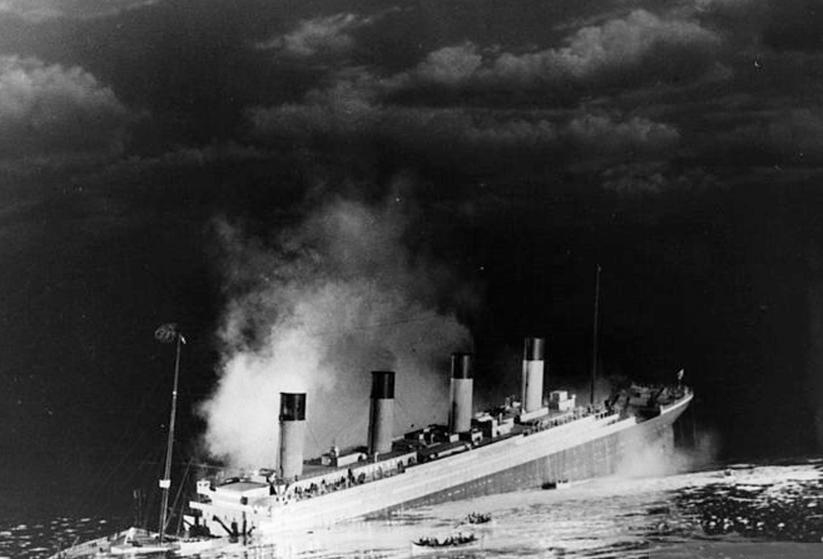
First class tickets varied widely, costing anywhere from £26 to over £500. That’s like buying a modern ticket that could be economy, business, or private jet all at once.
On the cheaper end, expect a single or double bed, washbasin, and electric heater. The top-of-the-line parlour suites? Two bedrooms, a private bathroom and lavatory, sitting room, dressing rooms, and a private promenade deck. These rooms showed off a variety of architectural styles and lavish decor, mirrored in prices.
Cabin Locations: Not as Segregated as You Think
We often picture Titanic’s class divisions as barriers cutting sharply through decks. But third class cabins reached up to D Deck, while first class extended down to E Deck. Some cabins could be assigned to either first or second class depending on demand and availability.
So, interestingly, your ticket location might shift slightly with your class depending on how crowded the ship was. Another tidy little wrinkle Titanic’s ticket system handled.
Stewards: Your Personal Onboard Assistants
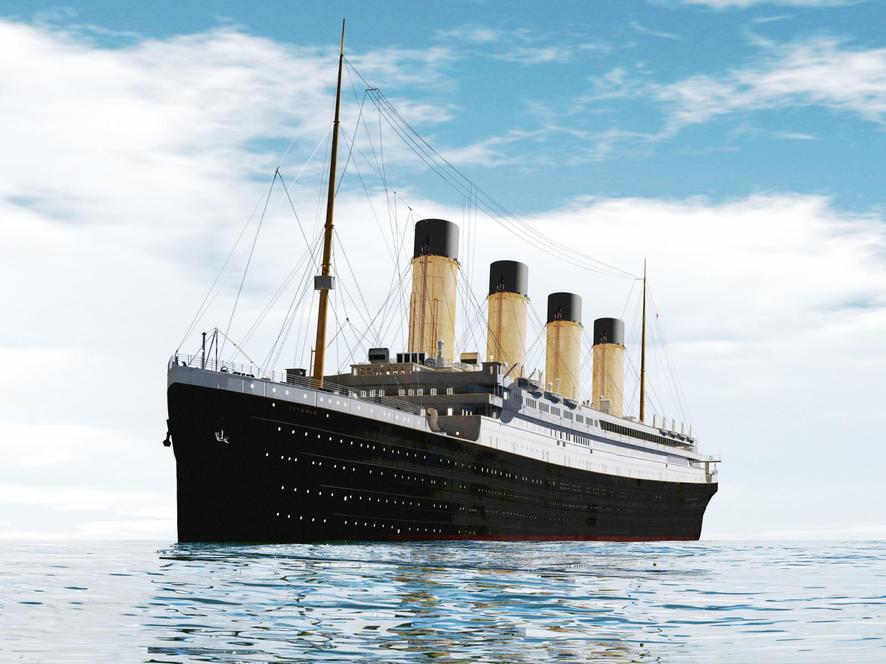
Each passenger, no matter the class, had a steward assigned. One steward managed roughly 10 cabins, calling the roll on occupied compartments. First class guests could summon their steward via an electric bell from their stateroom. Famous steward Henry Etches, for example, looked after notable passengers like Thomas Andrews and even had the Guggenheims under his care.
In essence, your ticket secured more than just a bed; it guaranteed a personal assistant ready to answer your call.
Pre-Departure Access: A Taste of Class Mixing
Before the maiden voyage, the public could tour the Titanic. Interestingly, second class passengers were allowed to explore first class areas during these open house tours. The English writer Lawrence Beesley snapped photos using first class gym equipment—something no second class passenger could do once the ship sailed.
This pre-sailing glimpse of luxury was a rare moment when ticket class lines blurred.
Final Thoughts: Your Titanic Ticket Was a Passport to a Tailored Experience
So, what was included in a Titanic ticket? It was so much more than a stub. Your ticket was your key to a floating world carved out by class, needs, and personal choices. From flexible cabin arrangements for third class families and solo travelers to a menu you could customize, right up to pricey luxuries for first class passengers, the Titanic’s ticket system balanced complexity and personalization.
If you took a ticket back then, you likely held a highly individual travel contract that reflected who you were and how you wanted to journey across the Atlantic.
Next time you think of Titanic passengers, remember: their tickets told a rich story on their own—one of social boundaries, personal options, legal rules, and yes, a sprinkle of luxury. And that, dear reader, is far more fascinating than just a plain old boarding pass.
